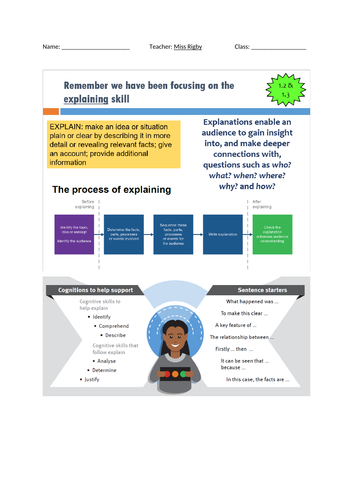




Part of a set of resources created for a senior Social & Community studies class in Australia (QCAA syllabus). The other resources are also available in my store - lrigb4. Designed for use in 70 minute lessons.
A PowerPoint which goes through some of the key terms that students were to find for their Inquiry booklet. This is helpful to run before they write their essay as it allows those who have misunderstood key terms to go back and amend theirs.
Key terms which are defined are: scam, fraud, identity theft and financial fraud. There is a ‘brain break’ clip (from the comedy film ‘Identity Thief’) followed by a series of slides about particular types of identity theft. I have underlined key parts that students should write down. These notes are useful for students to refer to as they look for case studies to include in their essay as they can provide helpful search terms.
Students are reminded about the cognitive verb ‘explain’ and how this relates to criteria 1.2 and 1.3 in this subject. They are given some general sentence starters that can be used when explaining and an example question which we talk through as a class (think alouds) and consider how we would answer it. There is information about the difference between a task that asks you to ‘describe’ and one that asks you to ‘explain.’ I then use the film Shrek as an example with the screen split into two and a series of dot points which exemplify description vs explanation. Afterwards, there is an example paragraph about the evolution of the radio (which contains spelling errors and does not follow TEEL). Students are to mark it using the ‘I Can’ checklist and discuss how it could be improved.
To link this to our assessment, we discuss how students will need to explain the case studies they have found about people who have been victims of identity theft. There is a graphic organiser which students can use as they read their case studies to ensure they have enough information to be useful in their essay.
There is a time filler activity at the back of the slide in case the lesson progresses more quickly than expected. It contains some helpful tips from the University of Queensland about how to protect your identity.
NB: This resource also includes a handout given to students in the lesson and an article which students can use to practice filling in the graphic organiser.
Something went wrong, please try again later.
This resource hasn't been reviewed yet
To ensure quality for our reviews, only customers who have purchased this resource can review it
Report this resourceto let us know if it violates our terms and conditions.
Our customer service team will review your report and will be in touch.